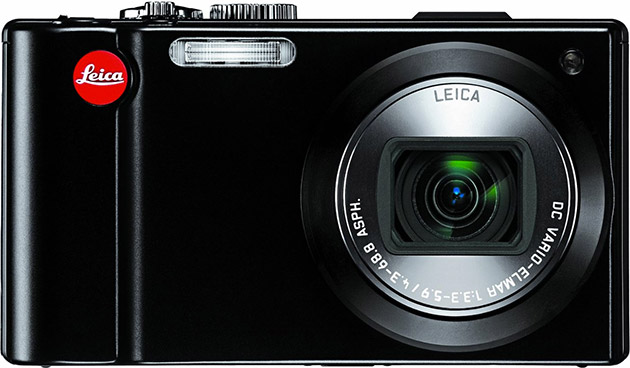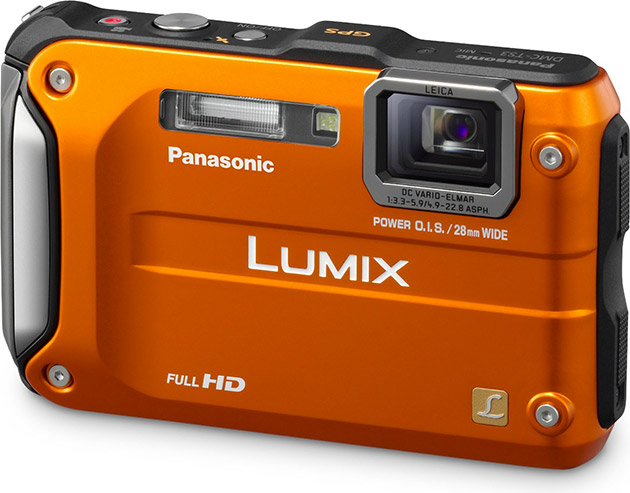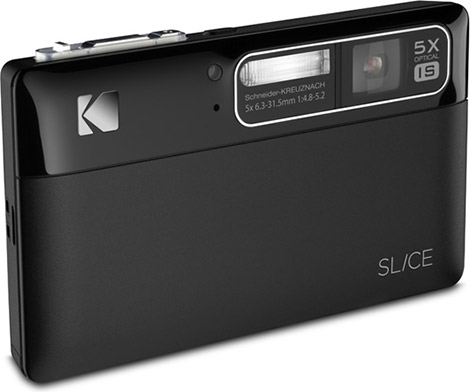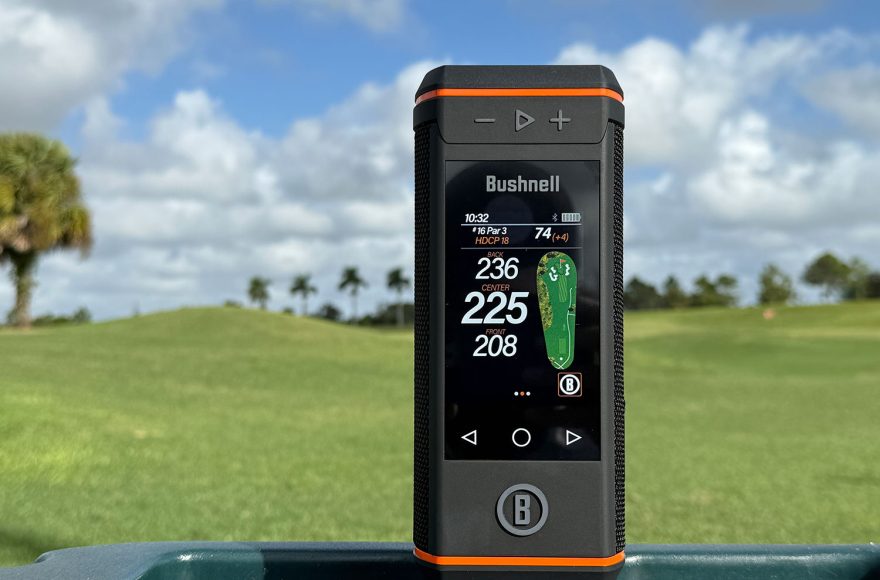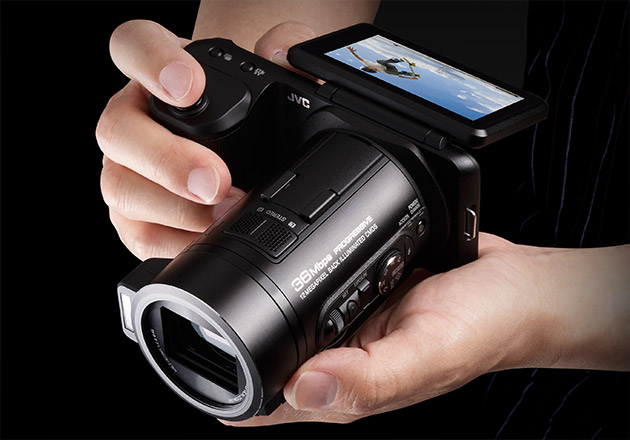5 Reasons Why the Fujifilm GFX100RF Has Captured Photographers’ Hearts

The Fujifilm GFX100RF has generated extraordinary buzz in the photography world since its March 2025 release. This unique fixed-lens medium format camera combines incredible technical capabilities with thoughtful design choices that have photographers worldwide excited. The innovative approach to medium format photography represents a significant shift in how these high-end systems are conceived and used. Has Fujifilm finally cracked the code for making medium format truly accessible? Let’s explore the five key reasons why this camera has become such a sensation among photography enthusiasts and professionals alike.
1. Unprecedented Compact Medium Format Design
The GFX100RF achieves what many considered impossible: housing a massive 102MP medium-format sensor in an incredibly compact body. Weighing just 735 grams, it’s lighter than some smaller-sensor cameras with kit lenses attached and barely larger than Fujifilm’s X-Pro3 APS-C rangefinder-style camera. This engineering achievement represents a fundamental rethinking of medium-format camera design.
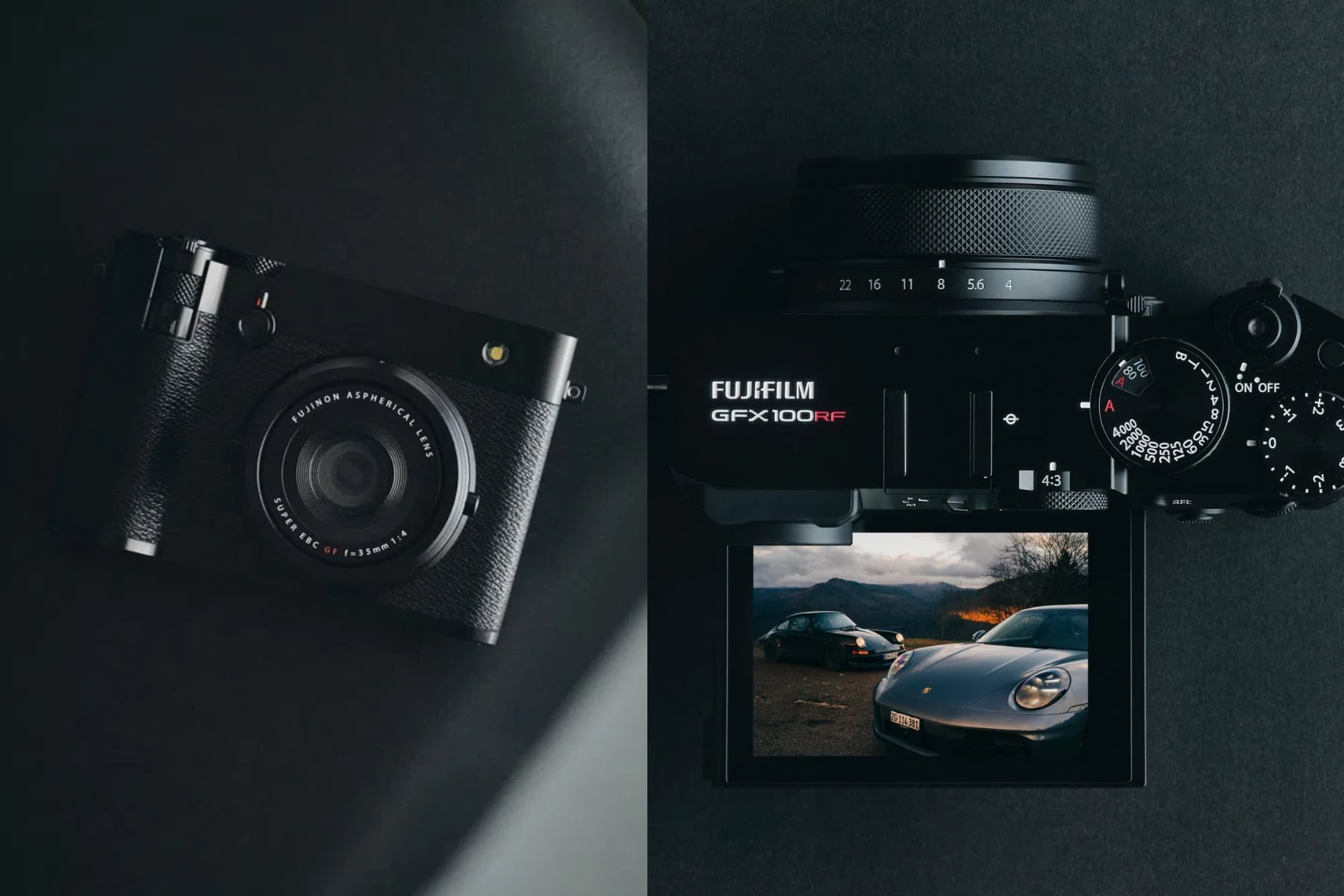
The camera’s body is milled from a single block of aluminum using a precision cutting process, creating distinctive sharp edges while contributing to both its premium feel and structural integrity. This manufacturing approach allows for exceptional durability without the weight penalty typically associated with medium format systems. The compact dimensions make medium format photography accessible for everyday carry, street photography, and travel contexts where traditional medium format systems would be impractical or cumbersome.
The GFX100RF’s size and weight remove a significant barrier to using medium format in diverse shooting situations. The form factor encourages more spontaneous shooting while delivering the image quality benefits that have historically been confined to studio environments or carefully planned field sessions with larger equipment.
The implications of this design breakthrough extend beyond mere convenience. Medium format has long been associated with deliberate, slow photography due partly to the bulk of the equipment. With the GFX100RF, photographers can bring medium format quality to spontaneous street scenes, travel photography, and documentary work without drawing attention or suffering physical strain from carrying heavy gear. This represents a fundamental shift in where and how medium format photography can happen.
2. Exceptional Image Quality and Performance
At the heart of the GFX100RF is Fujifilm’s renowned 102MP 43.8 x 32.9mm BSI CMOS II sensor—the same imaging technology found in their flagship GFX100II. This sensor delivers extraordinary resolution while maintaining impressive low-light capabilities that expand the usable shooting envelope for medium-format photography.
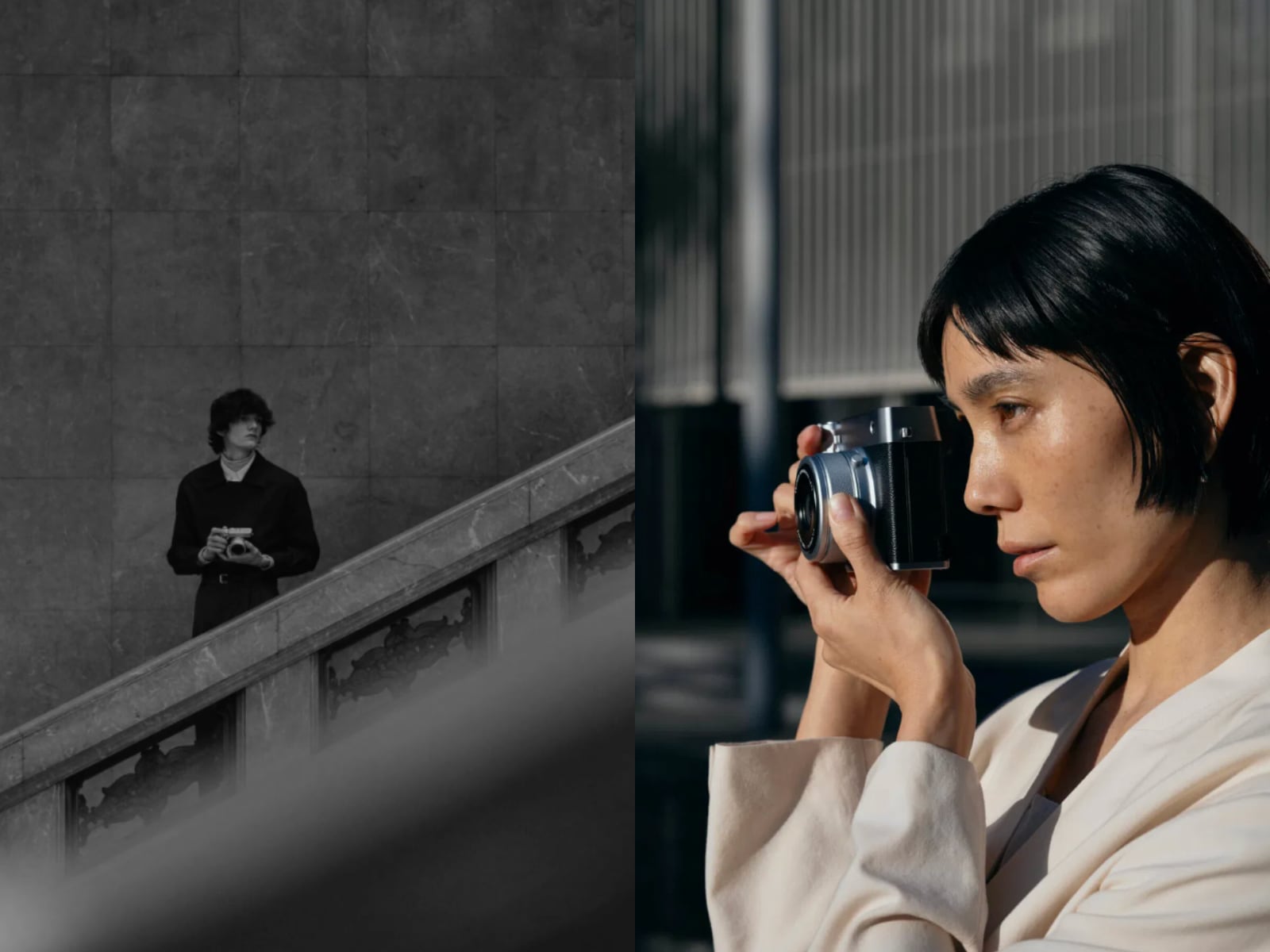
The sensor features back-side illumination (BSI) technology that helps deliver exceptional resolution while maintaining low noise performance across a wide ISO range (ISO 80-12,800, expandable to 40-102,400). The camera’s 16-bit color depth enables a 14+ stop dynamic range, allowing for remarkable shadow recovery and smooth tonal transitions that smaller sensors struggle to match.
Technical evaluations highlight the camera’s ability to capture fine details while maintaining excellent color fidelity even at higher ISO settings. The files exhibit the distinctive medium-format “look,” characterized by smooth transitions between tones and subtle gradations that create a three-dimensional quality to images.
3. Innovative Aspect Ratio Dial
One of the GFX100RF’s most distinctive features is its dedicated aspect ratio dial, prominently positioned to emphasize its importance in Fujifilm’s vision for this camera. This physical control offers nine different photography aspect ratio modes plus a custom option: 4:3, 3:2, 16:9, 65:24, 17:6, 3:4, 1:1, 7:6, and 5:4.
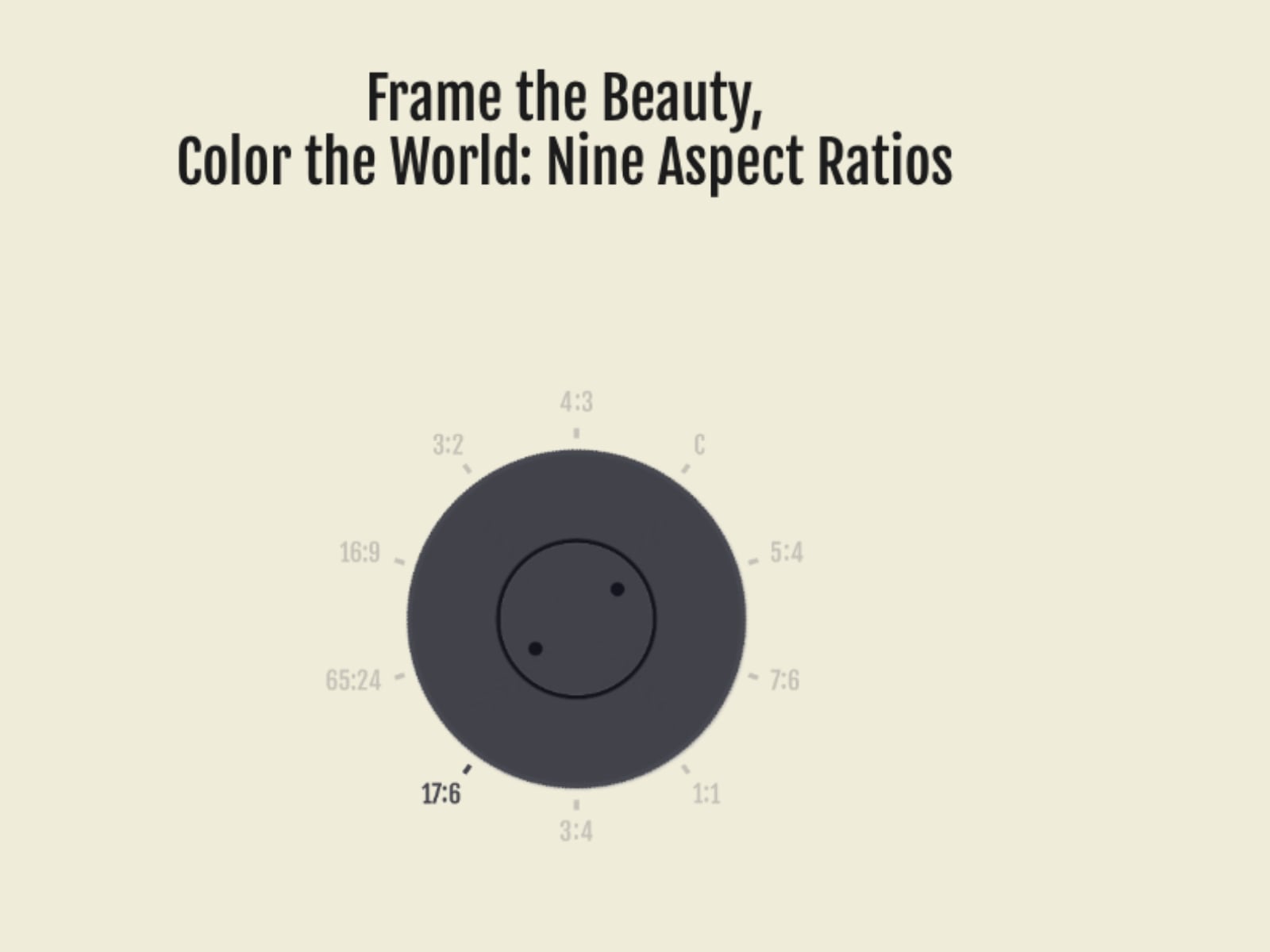
This feature enables photographers to quickly explore different compositional approaches without interrupting their creative flow. The dial’s placement allows photographers to adjust it even while looking through the electronic viewfinder, making format changes a seamless part of the composition process rather than a post-capture decision.
Photography educators and working professionals note how this physical implementation of aspect ratio control encourages more deliberate compositional thinking and experimentation. The ability to instantly visualize different formats helps photographers better match their compositional choices to the subject matter at hand, potentially leading to stronger, more intentional imagery. For architectural photography, the 4:3 or 5:4 ratios might better accommodate vertical structures. Landscape photographers might gravitate toward the panoramic 65:24 format for sweeping vistas. Portrait photographers could find the 7:6 ratio offers a fresh approach to framing their subjects.
What makes this feature particularly significant is how it’s implemented as a physical control rather than a menu option. Digital cameras have long offered aspect ratio options, but burying them in menus meant they were rarely used spontaneously. By elevating this creative choice to a dedicated dial, Fujifilm encourages photographers to actively consider format as a compositional element rather than an afterthought. This seemingly simple addition could fundamentally change how photographers approach composition with the GFX100RF.
The aspect ratio dial also serves a practical purpose for photographers who deliver images to clients with specific format requirements. Wedding photographers, for instance, can quickly switch between portrait-oriented 3:4 images for album pages and wider 16:9 compositions for panoramic album spreads without changing their position or interrupting their workflow. Commercial photographers can capture images in the exact format needed for specific publications or advertisements, reducing post-processing time.
4. “Nine Cameras in One” Versatility
Despite having a fixed 35mm f/4 lens (equivalent to 28mm in full-frame terms), the GFX100RF offers remarkable versatility through its digital teleconverter feature and high-resolution sensor. Fujifilm’s approach leverages the massive resolution to provide multiple effective focal lengths without the severe image quality penalties typically associated with digital zoom.
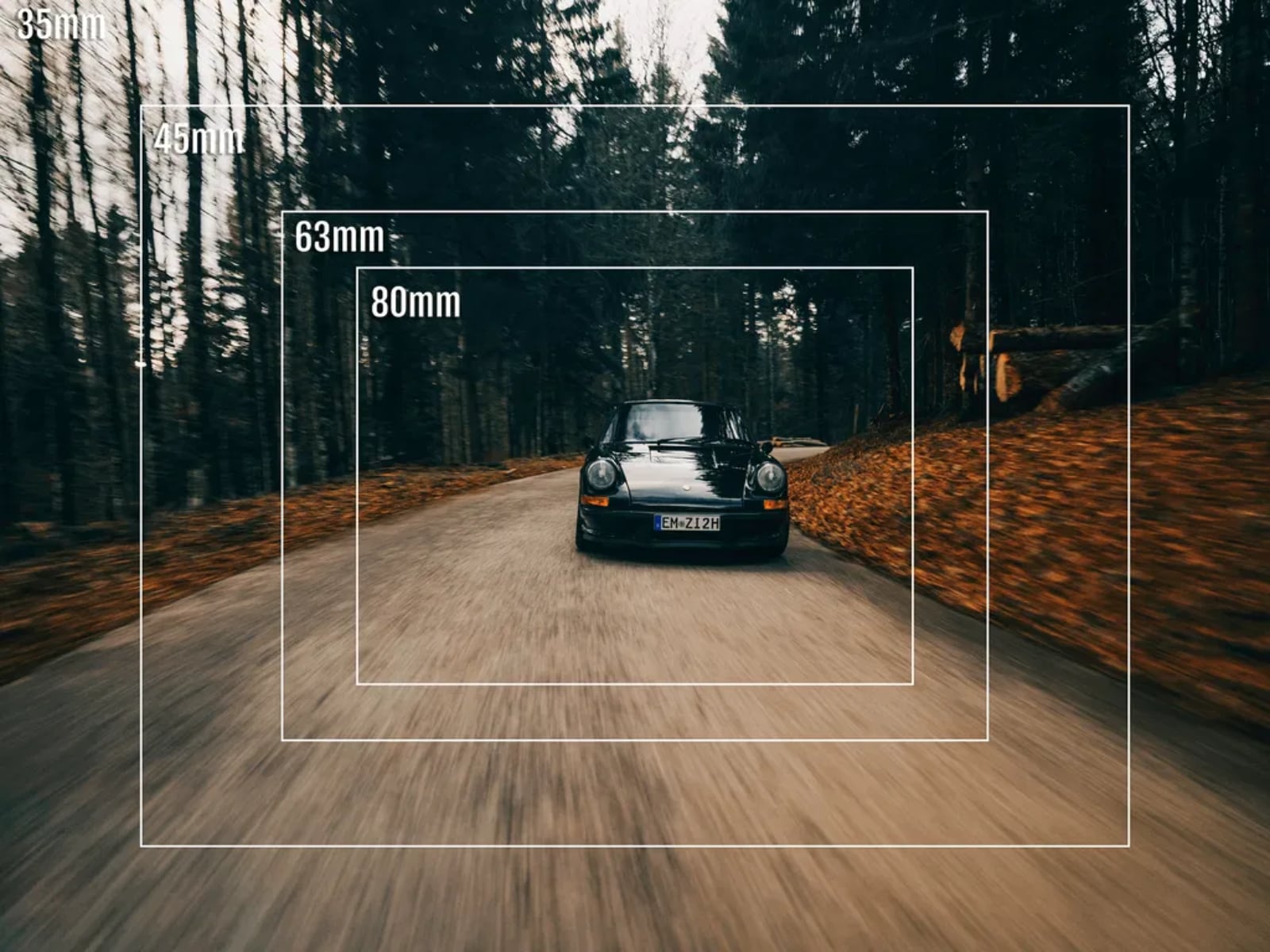
The camera offers four different digital “zoom” modes that, combined with the nine aspect ratio options, create a highly adaptable system from what might initially appear to be a limited fixed-lens camera. The 102MP resolution allows for significant cropping while maintaining excellent image quality. Cropping to full-frame sensor dimensions still provides a 35mm f/4 equivalent with plenty of resolution, while cropping to APS-C dimensions effectively creates a 50mm f/4 equivalent that retains substantial megapixel count.
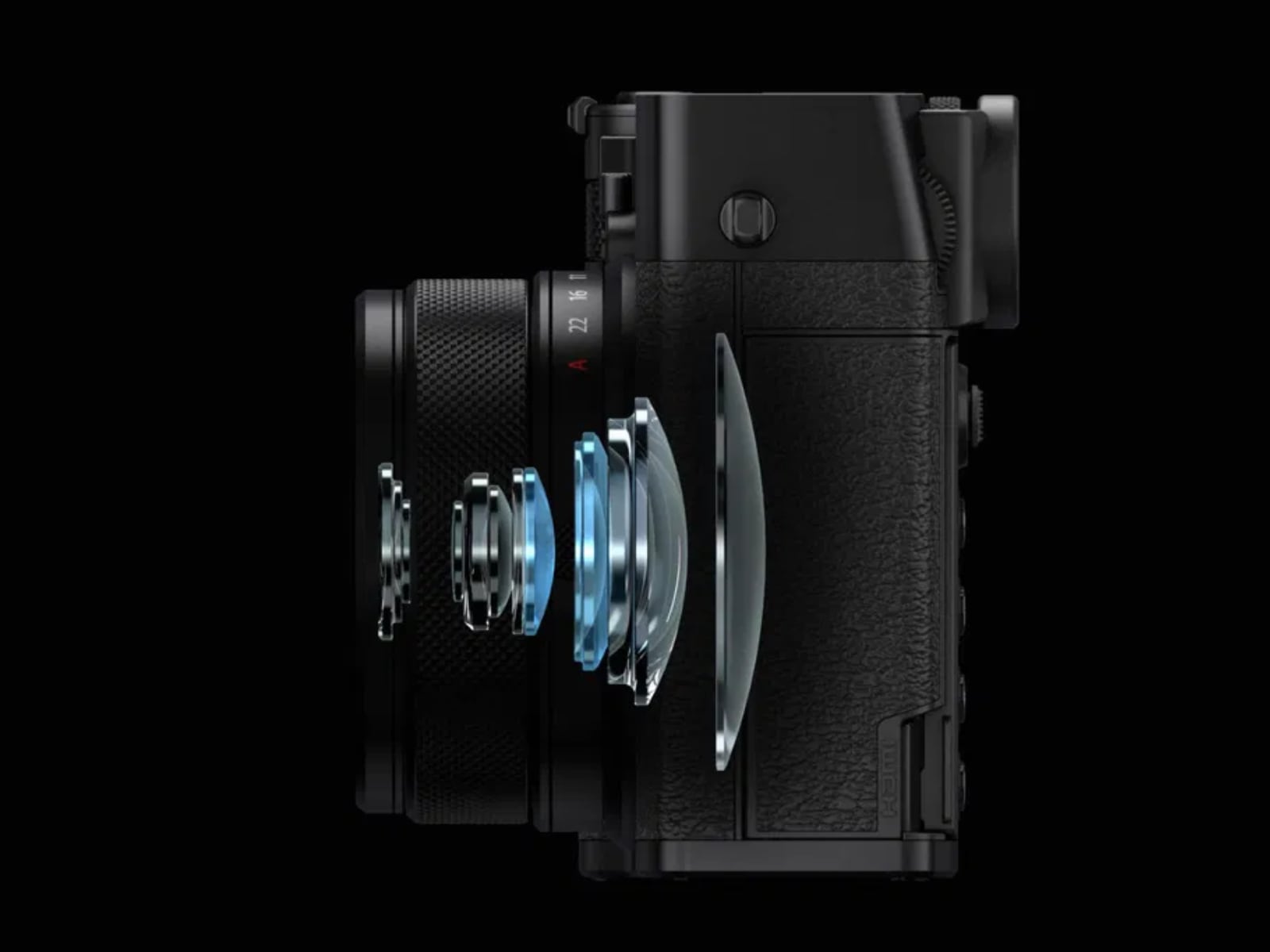
This flexibility addresses one of the primary concerns photographers have about fixed-lens cameras—the inability to change focal lengths. The GFX100RF’s approach doesn’t completely eliminate this limitation, but it does provide practical workarounds that maintain image quality at a level acceptable for professional use across multiple equivalent focal lengths.
5. Premium Build Quality and Thoughtful Design Elements
The GFX100RF incorporates several thoughtful design elements that enhance its usability in real-world situations. The camera maintains Fujifilm’s renowned tactile controls, including aperture rings and exposure dials, while adding unique features like a leaf shutter and built-in 4-stop ND filter. These aren’t mere conveniences—they’re practical tools that expand the camera’s capabilities in the field.
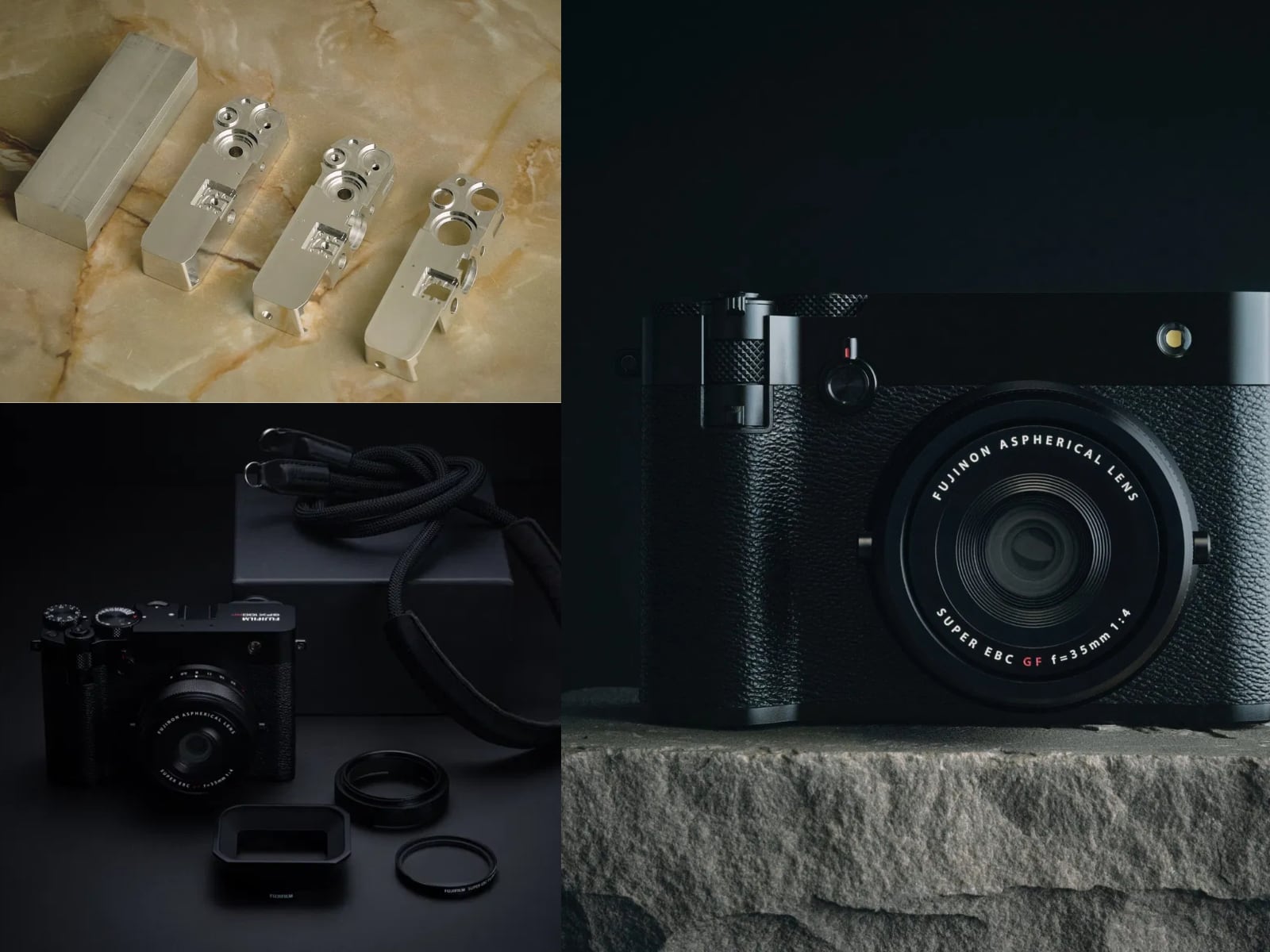
The leaf shutter provides near-silent operation and flash sync at all shutter speeds, a significant advantage for certain types of photography. This feature alone makes the camera particularly suitable for wedding ceremonies, quiet museum environments, or wildlife photography where minimizing disturbance is essential. The built-in ND filter expands the camera’s versatility in bright conditions, particularly useful given the fixed f/4 aperture. These features demonstrate Fujifilm’s understanding of photographers’ practical needs in the field.
Despite its compact size, the 35mm f/4 lens delivers exceptional sharpness across the frame. The optical design appears optimized specifically for this sensor, taking advantage of the fixed-lens concept to eliminate compromises that might be necessary in an interchangeable lens system.
A New Direction in Camera Design
The Fujifilm GFX100RF represents a bold new direction in camera design, successfully combining medium format image quality with rangefinder-style ergonomics in an unprecedented compact package. While some photographers might question the fixed lens or f/4 maximum aperture, these design choices enable the camera’s revolutionary form factor and portability.
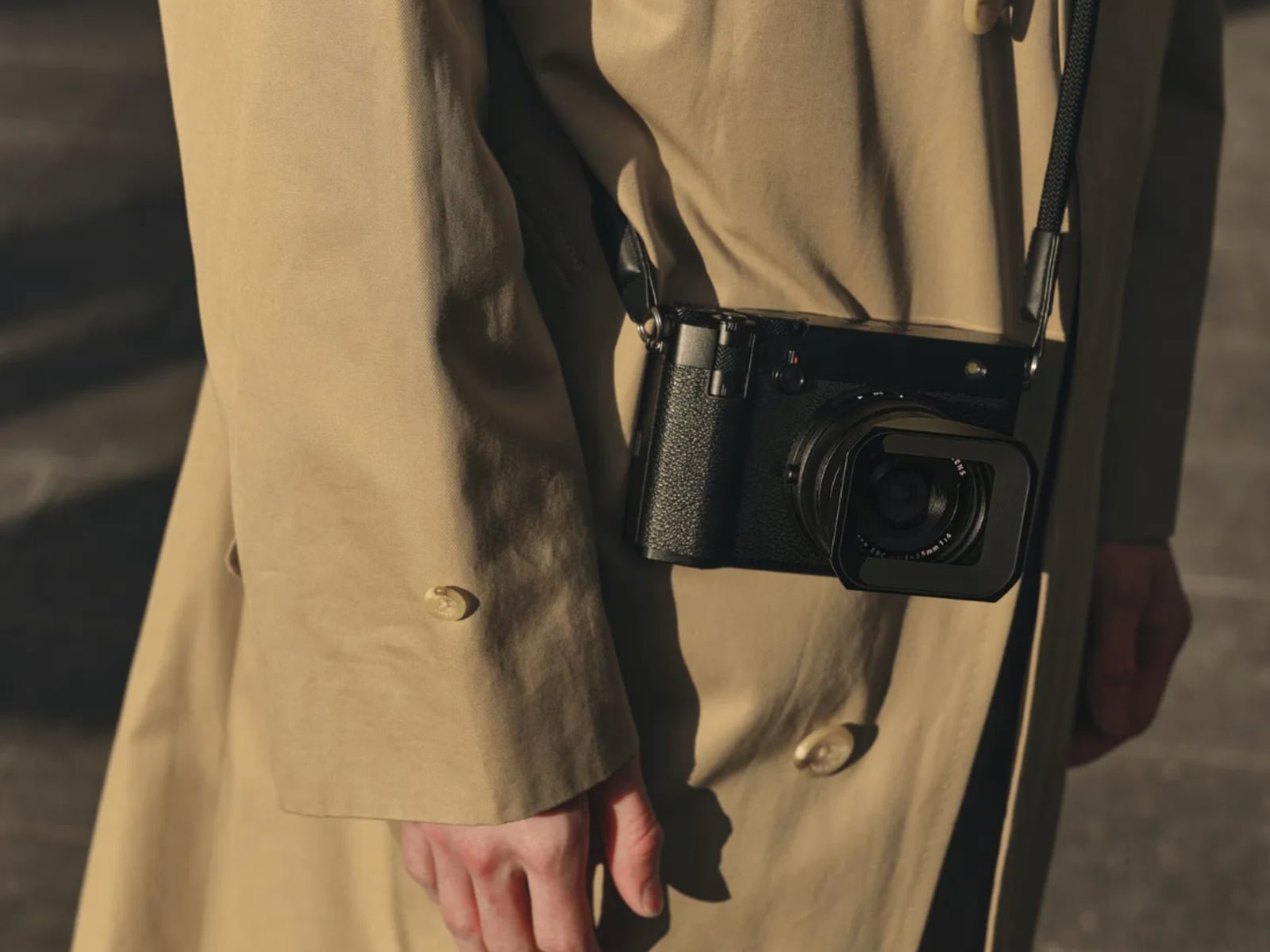
The camera demonstrates how technological innovation can challenge long-held assumptions about what’s possible in specific camera categories. By reimagining the medium-format camera as a compact, versatile tool rather than a specialized, bulky system, Fujifilm has potentially expanded the audience for medium-format photography.
This approach to camera design represents a significant departure from conventional thinking about medium format systems. Rather than focusing solely on maximum image quality regardless of size constraints, the GFX100RF prioritizes a balance between exceptional image quality and practical usability. This philosophy may influence future camera designs across the industry.
The question remains whether this approach will influence future camera designs across the industry. Will we see other manufacturers attempt similar feats of engineering with different sensor sizes or lens configurations? Only time will tell, but the GFX100RF has certainly opened new possibilities for camera design that few thought possible before its introduction.

